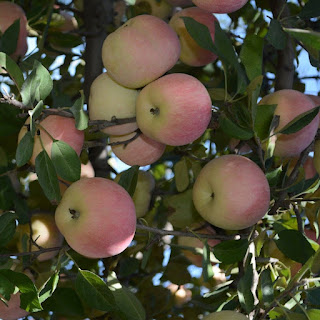Sisal hemp
Sisal a Specie of Agaves.
Common name:
- Sisal Hemp
- Mescal
- Hemp plant
- Sisal agaves
Botanical Name:
Agaves sisalana
Scientific classification:
Genus: Agave - Agaves
Family: Asparagaceae - Asparagus
Order: Asparagales - Asparagus and allies, Agaves, orchids, irises, and allies
Class: Liliopsida - Monocotyledons, Monocots
Phylum:Tracheophyta - Vascular plants, Seed plants, Ferns, Tracheophyt
Prominent features:
Plant Type: Herb
Lifespan: Perennial
Bloom Time: Autumn, winter
Plant Height: 5 to 7 feet
Spread: 6 to 8 feet
Flower Size: Inflorescence 1.6 inch to 2 inch long
Habitat: Hedges, Fence-rows
Flower Color: White
Water requirements:
Drought-tolerant. Allow the soil to dry completely between watering.
Information:
Sisal (Agave sisalana) is a succulent whose yellow flowers bloom along a stalk up to 30 feet tall and have an unpleasant scent. The flowers, stem, basal rosette and sap of this plant are edible. Plant outdoors in full sun or indoors in a bright, sunny spot.
Fertilization:
Fertilize once every 2-3 months during the growing season.
Leaf:
- There are many reasons why leaf tips can wilt.
- Low temperatures, too much direct sunlight, a high concentration of pesticides or excessive fertilizers can cause this problem.
- When the lower leaves turn yellow, it is usually due to natural causes.
- Old leaves contain fewer nutrients, causing them to turn yellow.
- In this case, just wait for the leaves to dry completely and then remove them.
- Sisal requires much more sun than other plants, and a lack of sunlight can cause new leaves to turn yellow.
- On the other hand, strong direct sunlight without shade in summer can easily burn newly grown leaves and replace their original green luster with yellow.
Sisal prefers a dry environment. Although it is very drought tolerant, the roots are also easily damaged and can die off if not watered regularly. The plant's water requirements are relatively high during the growing season, and a well-drained environment is also required. If watering is not managed properly, their growth will be affected.
Economic use:
- It is used to make natural, durable twine and rope.
- It is also used to make paper, cloth, carpets, belts, and the like.
- It is used as a natural fiber, sisal is a renewable and sustainable material.
- Sisal is a natural, fully biodegradable fiber.
- Sisal is coarser and stiffer than jute.
- Sisal rugs are very affordable and less expensive than other natural fiber rugs.
- Sisal is non-toxic.
- Sisal rugs stain easily and fibers can be difficult to clean.
- Sisal rugs can smell unpleasant.
- Sisal can be grown hydroponically in a warm environment.
- First disinfect the plant, then soak the base with a rooting solution for the recommended time.
- Next, choose a suitably sized glass bottle and place the plant firmly in the planter. Note that the base of the plant needs to be stuck in the center of the planter.
- In the early stage before rooting, water can be poured near the base of the plant.
- Once rooted, water can be poured into half of the glass bottle.
"Plants from the Agave genus are excellent choices for gardens and patios in warm climates. They are attractive all year round and easy to care for. Some species also make excellent potted houseplants, as long as there is plenty of sunlight available."




Comments
Post a Comment